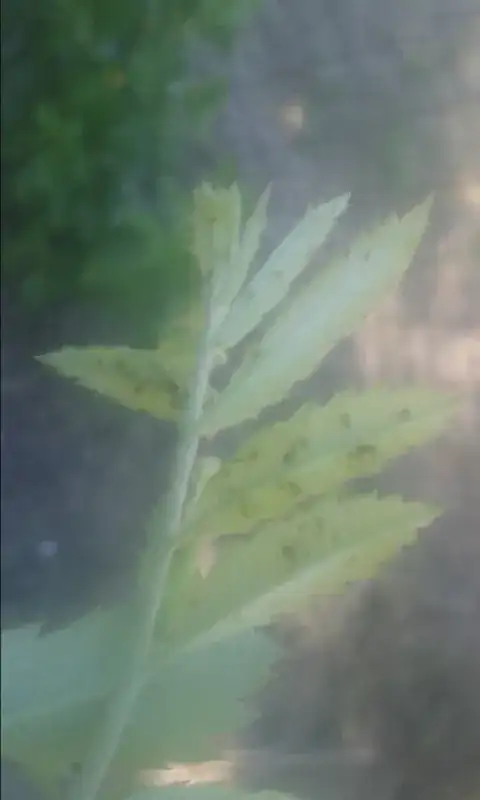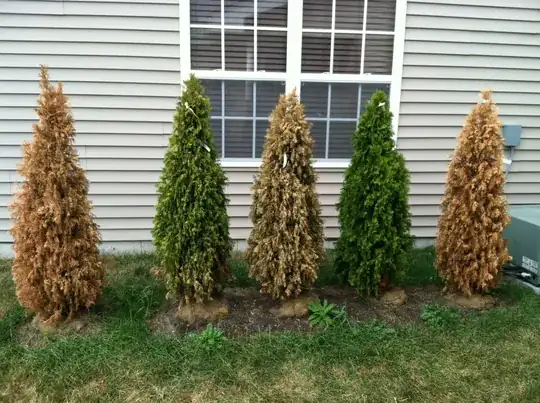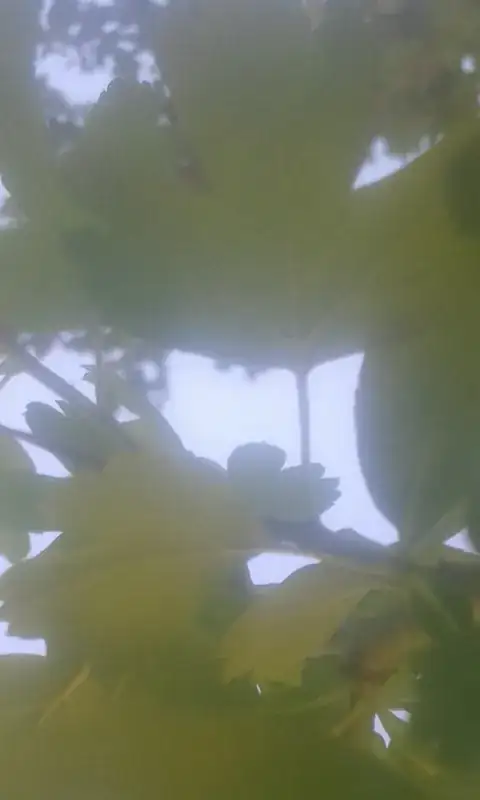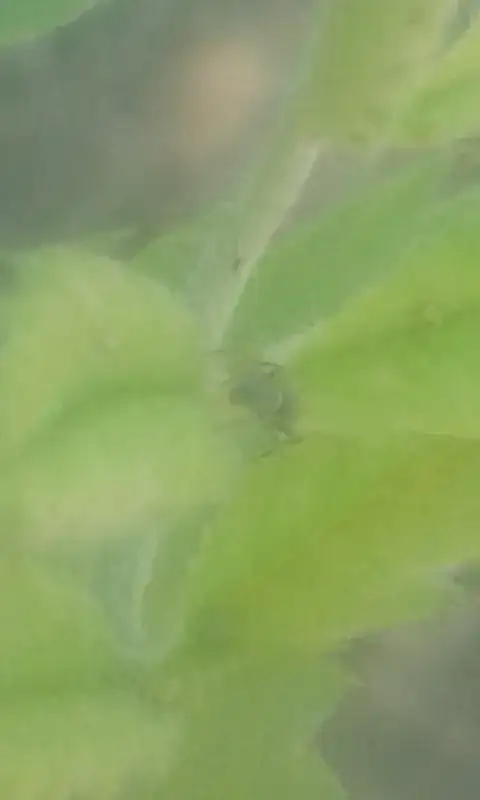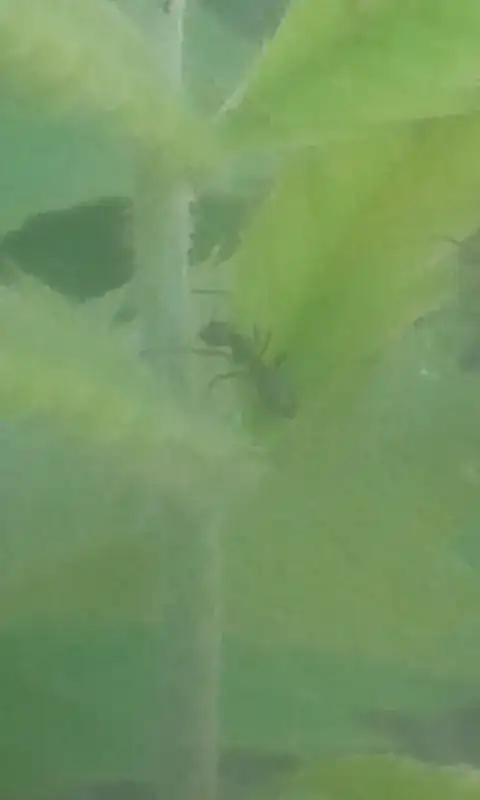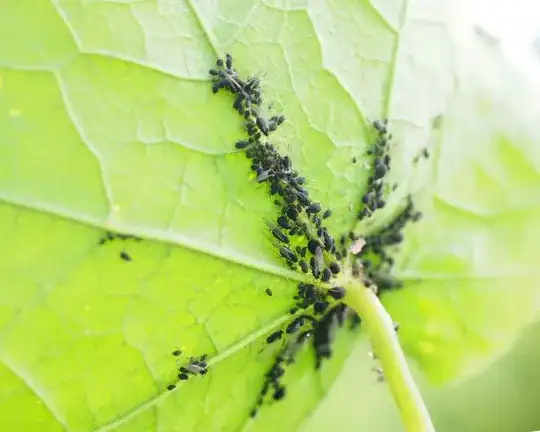I have two trees that experience significant traffic of ants up and down?
Crataegus 'Pauls's Scarlet' - An established mid-age tree. Ants go up to the top of the tree, can't see what they are looking for. No visible damage or decease of the tree.
Sorbus aucuparia - This is a young specimen, only 1m/3ft high. I noticed some black spots on the underside of emerging leaves. Ants come as if attracted to these spots. Or they tend them. Could they be their eggs?
Here are two pictures of affected sorbus' leaves underside:
Whereas "Paul's scarlet"'s leaves look fine at the first glance:
Some pictures of ants:
They are approximately of length 3mm / 1/8 inch.
Should I do something about it, or just ignore it?
Also, I noticed that ants respect 'right side' rule when passing each other. The trees are in continental Europe (Serbia, 30 km off of Belgrade, altitude 100m). Would ants in Britain behave differently?
